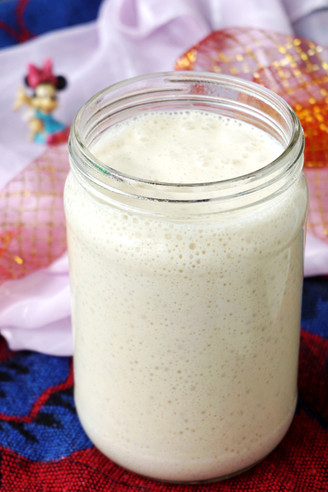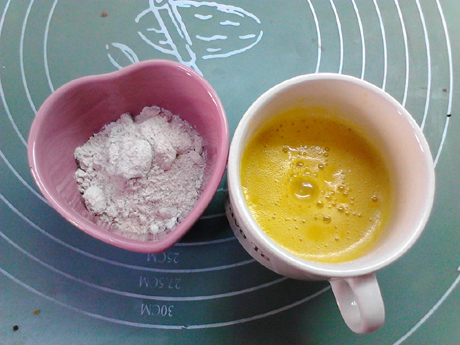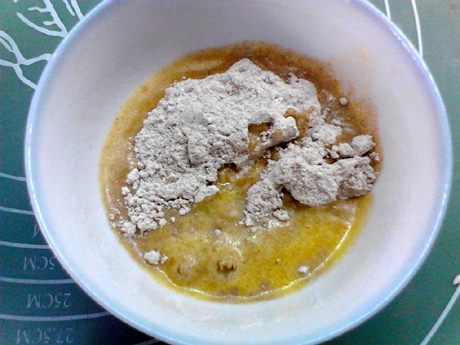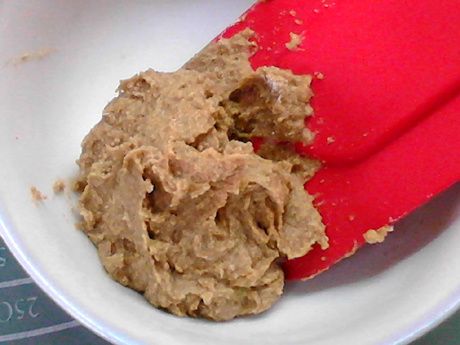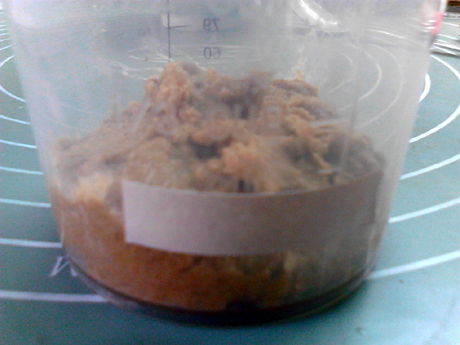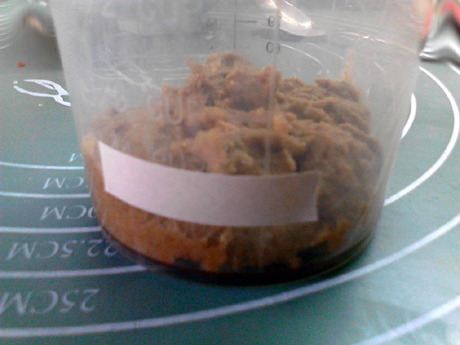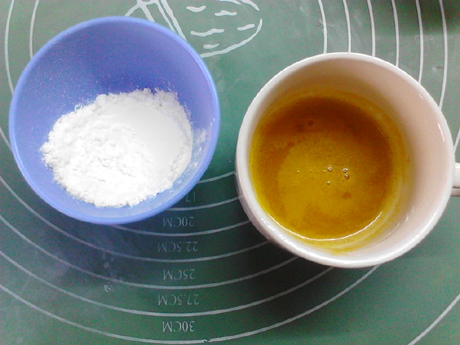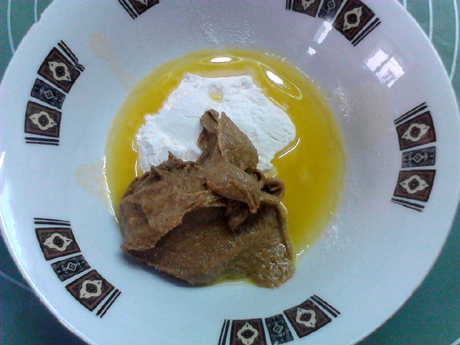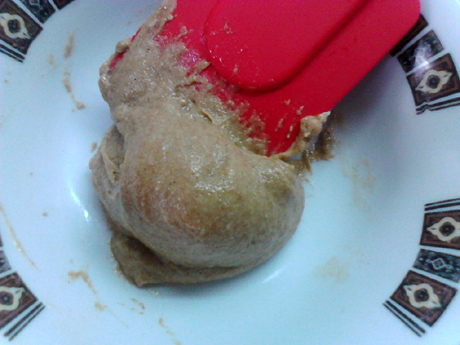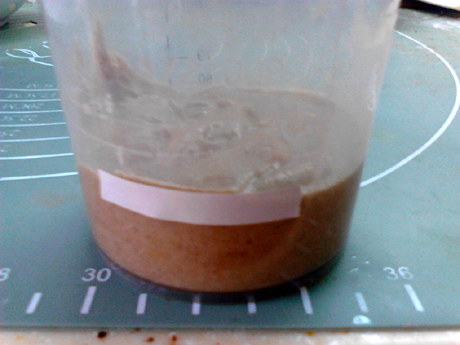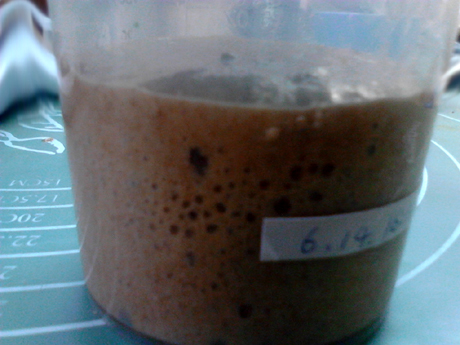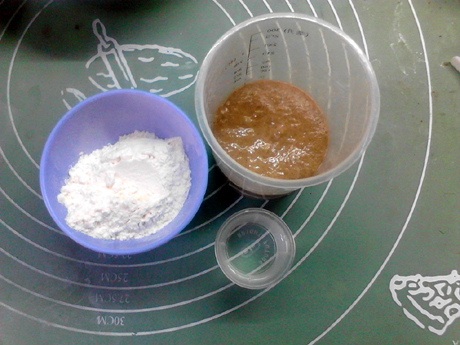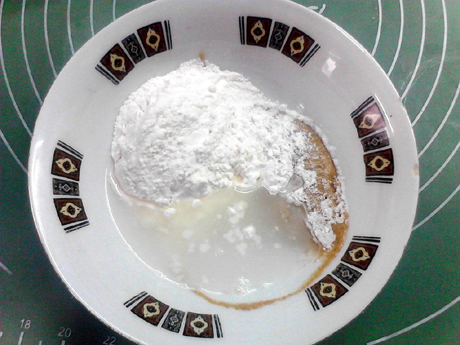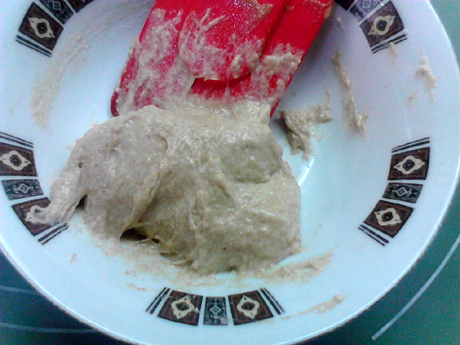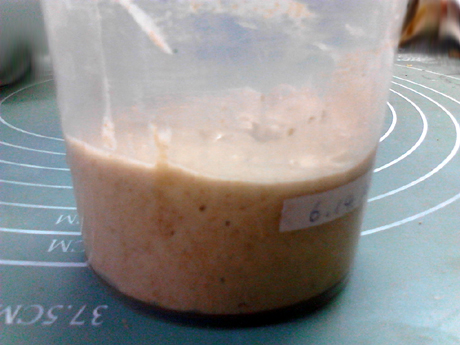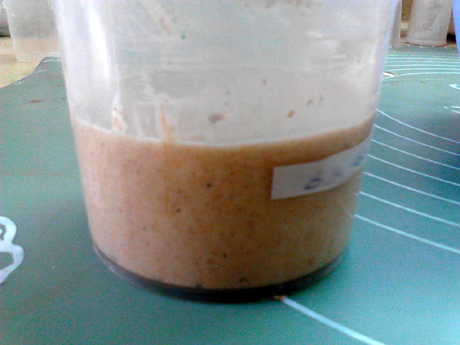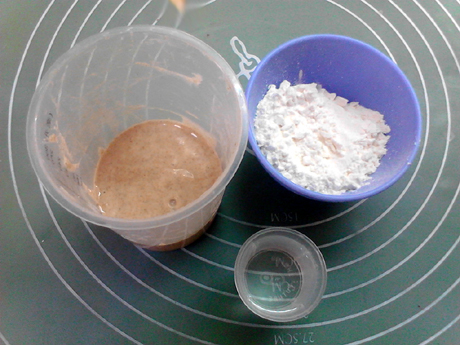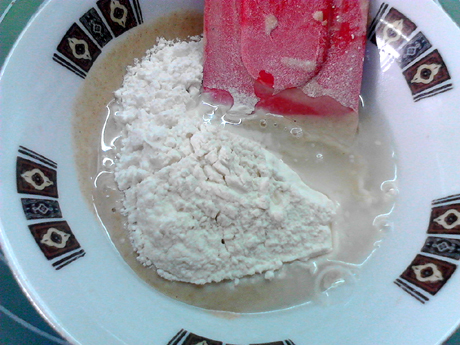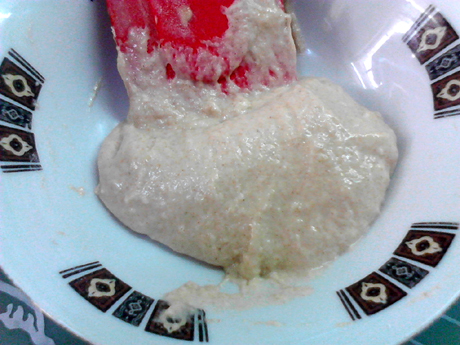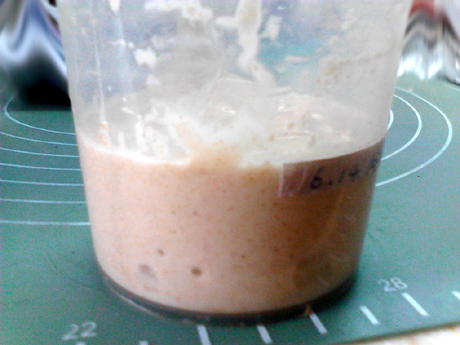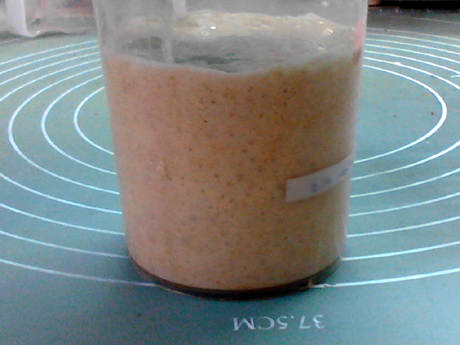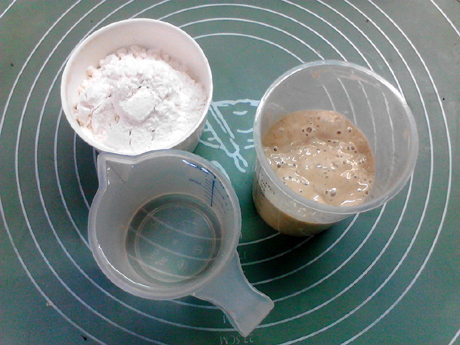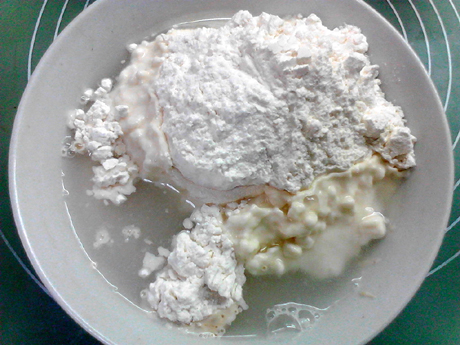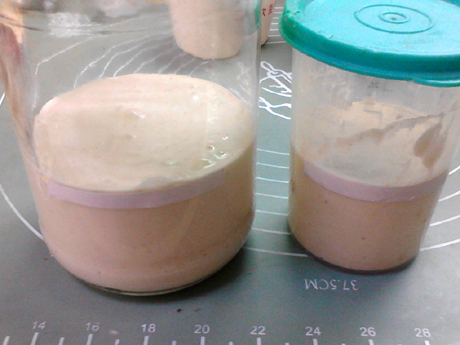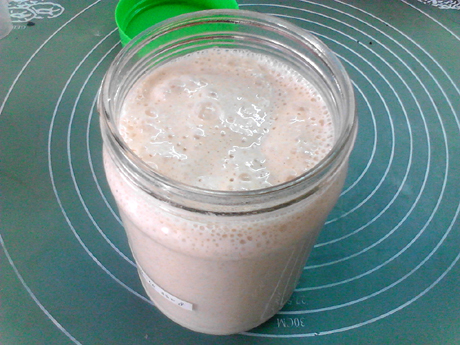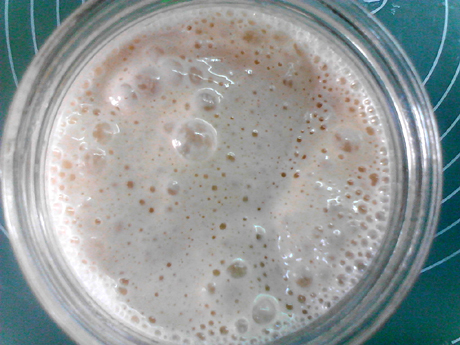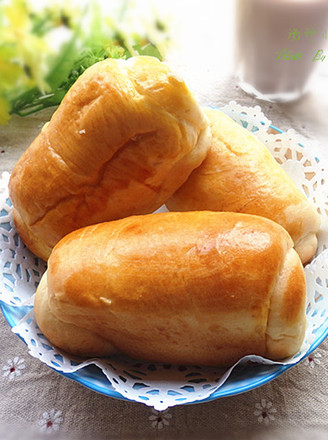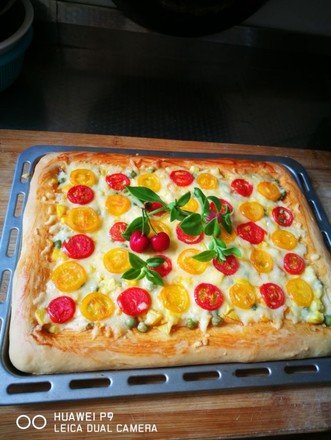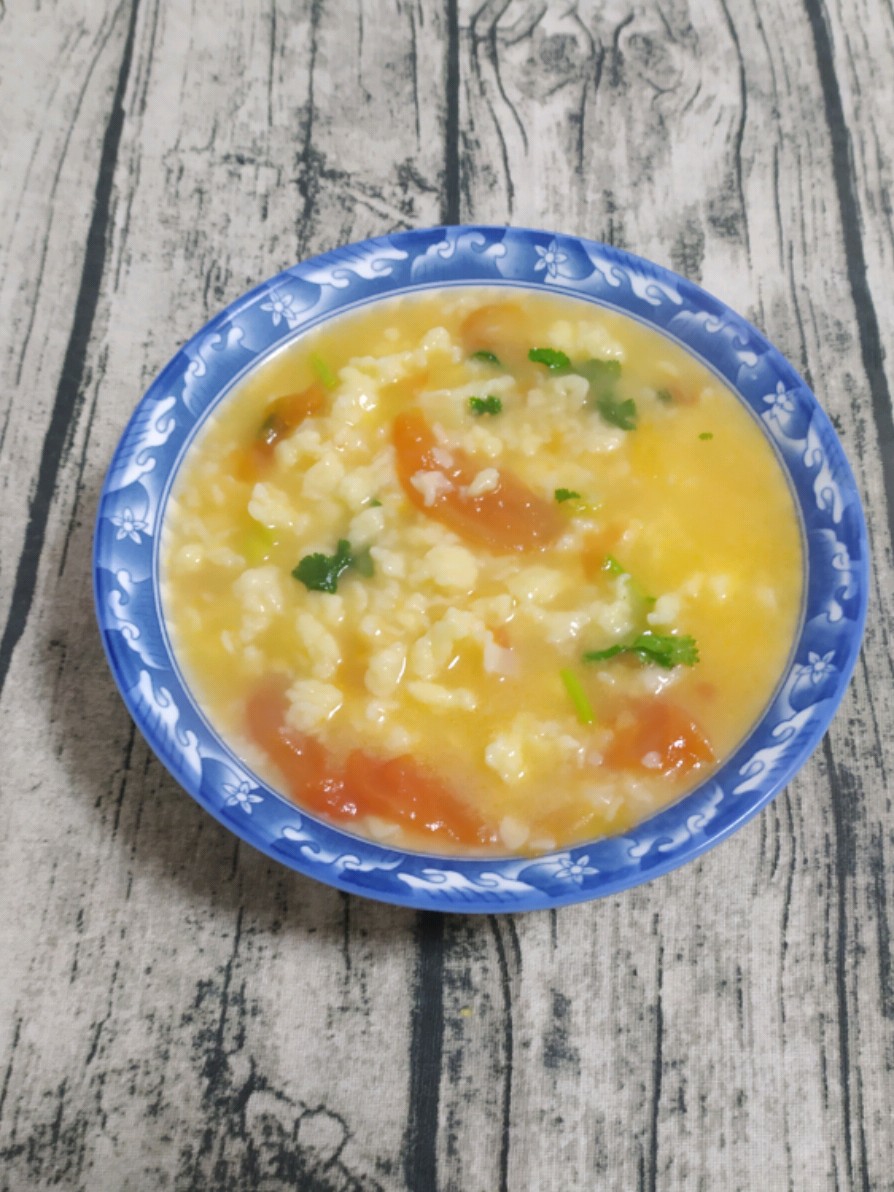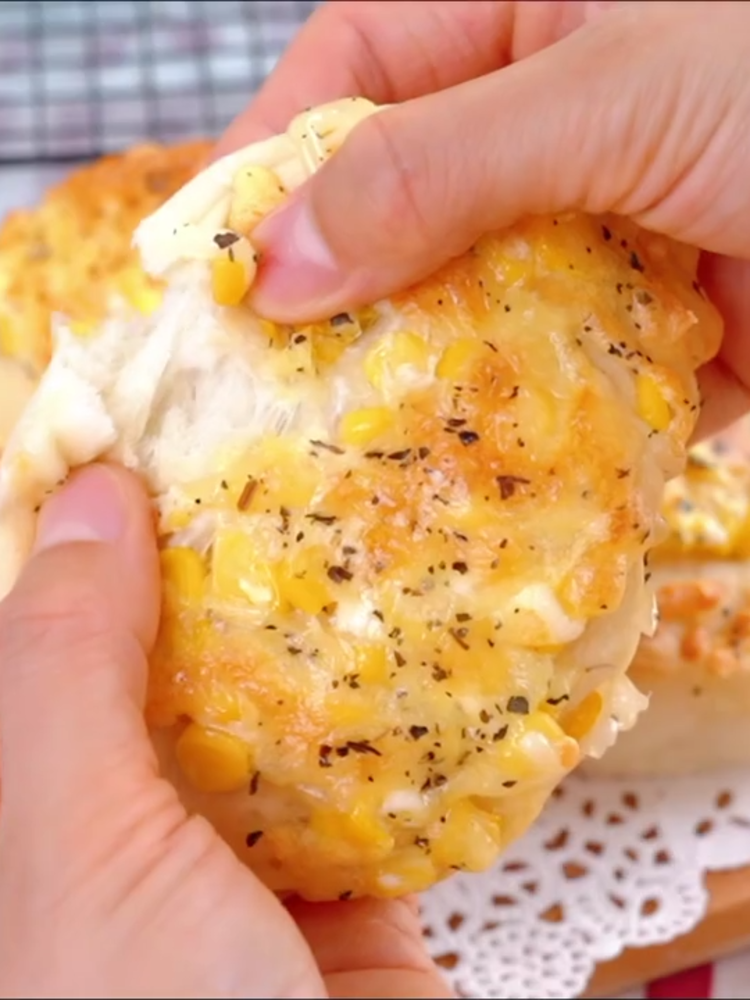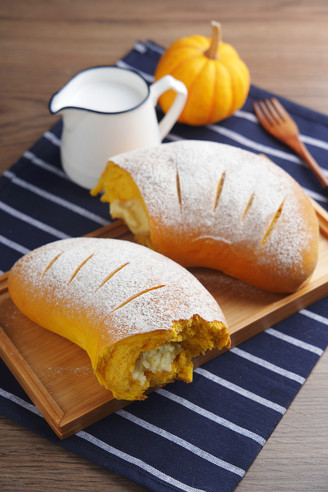The Cultivation of Pineapple Juice Natural Ferment
by Food·Color
Favorite
Difficulty
Easy
Time
48h
Serving
2
From dusk to early morning, she is always quiet, quietly accumulating strength.
When dawn broke, she began to sing softly, and after noon, she sang loudly and unrestrainedly, all the way forward, straight into the sky.
I have been thinking about natural ferment for many years, and I have not been able to get it. I always feel that it takes more time and energy. Yeast needs regular feeding, and time seems to be too late. And the most important thing is that once the yeast starts to feed, it must be continued. Yeast is raised every day and bread is made every day. Once it stops, the yeast will die. Where can you eat bread every day? Just hang on all the time.
Until the beginning of this summer, I opened "The Apprentice Baker" to see what bread was still unfinished. Suddenly discovered that there are a few more breads, and you can proceed to the chapter of sourdough bread-I have always wanted to put it at the end, and slowly and carefully ponder it. I was about to finish the few breads, but I suddenly changed my mind and decided to advance the sourdough—since this period of time is relatively free, and since the summer is warm, if it is pushed to the future, I am afraid that there will be neither time nor warmth.
There are exactly two pineapples, and I will make the seed of "The Apprentice Baker" after the juice is beaten. After pondering over and over, calculate the approximate amount of yeast seeds needed for those sourdough bread, and then push back the minimum amount of seed liquid. Looking at those small numbers, it really feels like a family. Can it succeed with so little? Only after trying it will I know. And as a result, it actually became. Wait patiently and wait carefully. Although sometimes the feeding is delayed because of other things, I finally harvested the bottle of high bulge, spitting bubbles.
Natural yeast will really go crazy, looking at the bottle of bubbles, suddenly made a crazy decision-to finish those sourdough bread in the fastest time. What should I do if I can't eat it? Freeze up! eat slowly. . . .
When dawn broke, she began to sing softly, and after noon, she sang loudly and unrestrainedly, all the way forward, straight into the sky.
I have been thinking about natural ferment for many years, and I have not been able to get it. I always feel that it takes more time and energy. Yeast needs regular feeding, and time seems to be too late. And the most important thing is that once the yeast starts to feed, it must be continued. Yeast is raised every day and bread is made every day. Once it stops, the yeast will die. Where can you eat bread every day? Just hang on all the time.
Until the beginning of this summer, I opened "The Apprentice Baker" to see what bread was still unfinished. Suddenly discovered that there are a few more breads, and you can proceed to the chapter of sourdough bread-I have always wanted to put it at the end, and slowly and carefully ponder it. I was about to finish the few breads, but I suddenly changed my mind and decided to advance the sourdough—since this period of time is relatively free, and since the summer is warm, if it is pushed to the future, I am afraid that there will be neither time nor warmth.
There are exactly two pineapples, and I will make the seed of "The Apprentice Baker" after the juice is beaten. After pondering over and over, calculate the approximate amount of yeast seeds needed for those sourdough bread, and then push back the minimum amount of seed liquid. Looking at those small numbers, it really feels like a family. Can it succeed with so little? Only after trying it will I know. And as a result, it actually became. Wait patiently and wait carefully. Although sometimes the feeding is delayed because of other things, I finally harvested the bottle of high bulge, spitting bubbles.
Natural yeast will really go crazy, looking at the bottle of bubbles, suddenly made a crazy decision-to finish those sourdough bread in the fastest time. What should I do if I can't eat it? Freeze up! eat slowly. . . .

